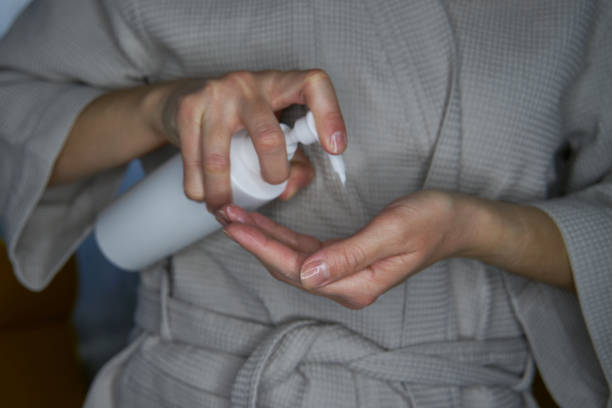
You may have noticed a difference in your skin as the weather is warming up. Your skin may be feeling oilier than usual and has dry patches. You might be experiencing a constantly shiny complexion, which is not something we want. A rise in temperature and humidity can lead to an increase in skin oil production. This could cause us to mistakenly think our skin is oily when it may be a combination of skin. Although they share some similarities, many people find distinguishing between the two skin types difficult. However, oily and combination skin can be very different and should be treated differently.
If you believe you have a combination of oily skin, we can help you identify your skin type.
What’s a combination skin?
A combination of skin can lead to oily patches on the face. However, this tends to be limited to the T-zone (forehead to nose to chin), while your cheeks are normal to dry. Your skin may be oily or dry in different places, or you might notice a sensitivity or enlarged pores. This is a sign of combination skin if you see that you have multiple skin problems at once.
What’s oily skin?
On the other hand, oily skin is skin that shines (or is greasy all over the face), although people with oily skin might notice a prominent spot along their T-zone where they may be more susceptible to pimples. Oily skin can also be affected by large pores that can easily get clogged up with oils and sweat. This is why oily skin tends to break out in areas like the cheeks or T-zone. If you wash your skin often enough, the oil will come back.
Oily skin will feel clean after cleansing. Oil will soon return shortly after cleansing.



